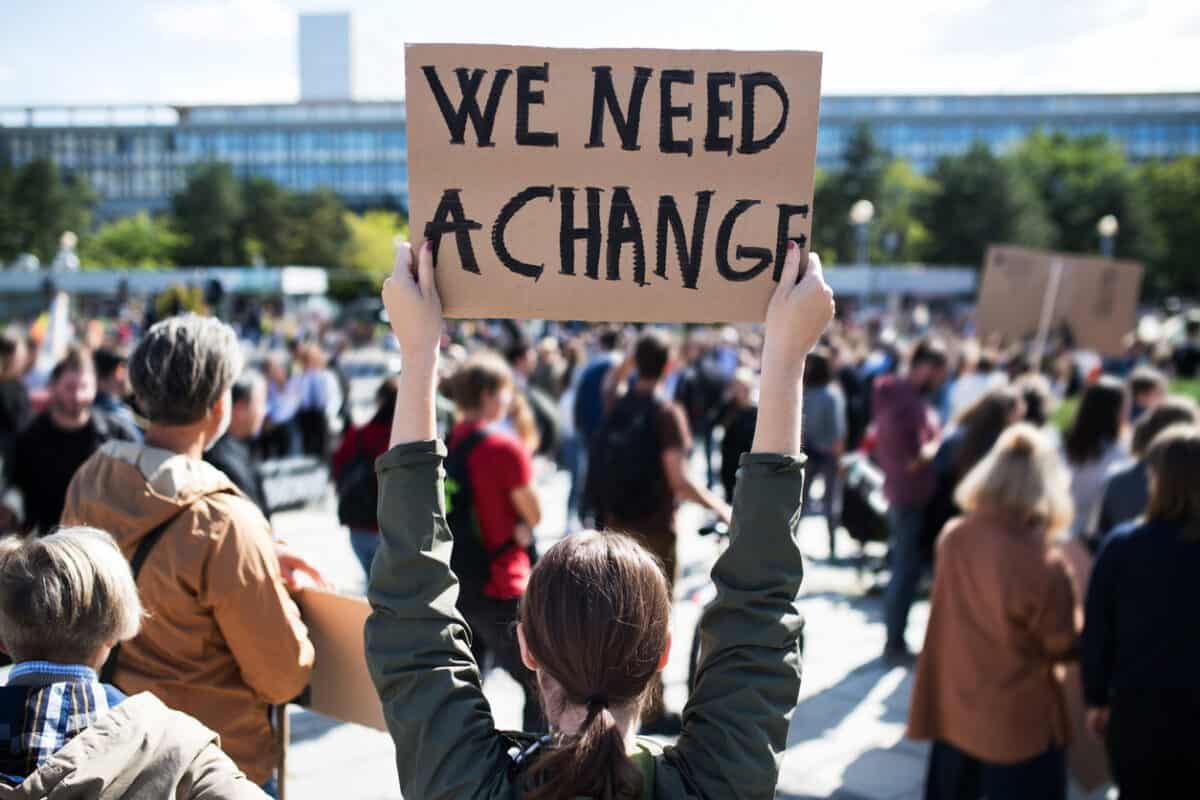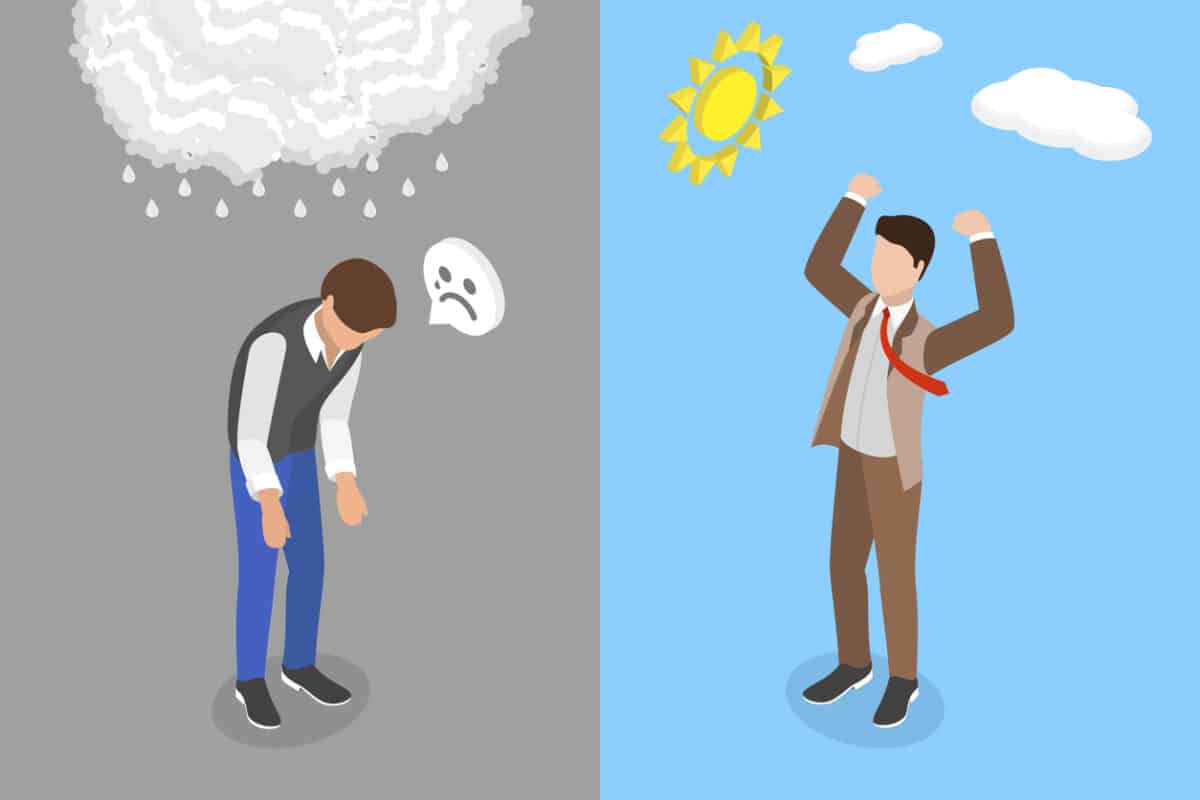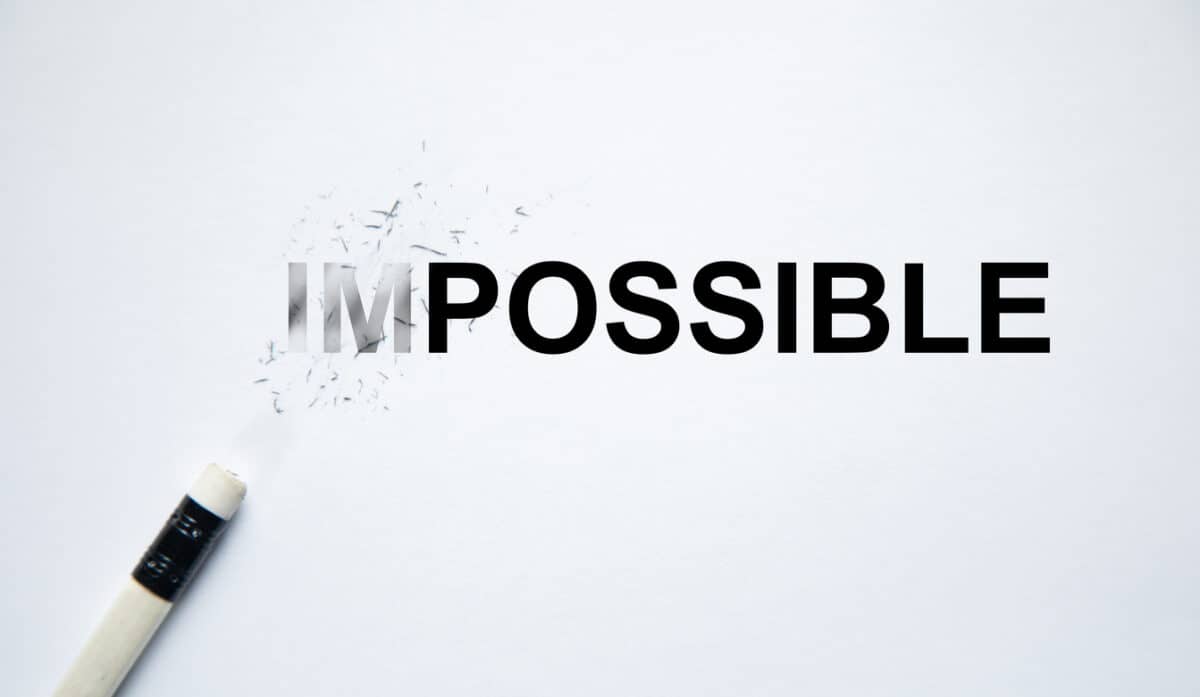I buy at least one new book related to occupational health and safety (OHS) every week. Yes, I have a big pile of unread or, half-read books. Every now and then, one stands out, and “Resilience by Design” did just that. Initially, it was about the formatting, but then the content grabbed me. It is not a “straight” OHS book, and much of it focuses on individual interventions, but there is enough content to further the OHS discussion about psychosocial hazards and provide insight into the non-OHS perspectives of this growing area of safety management.
Category: Burnout
Do you fix the fish or the aquarium?
Guest post from Jason van Schie
We can all (hopefully!) agree that looking after workers makes sound business sense. Look after your workers, and they will look after you.
So what is the best way to care for employees? By responding to their symptoms of distress through provision of reactive services like EAP [Employee Assistance Program] and resilience apps (fixing the fish), or by improving the design, management and social interactions at work (the aquarium)?
Let’s park that question for a minute and consider two questions:
1) What happens when we fix the worker but not the work? and
2) If population health is the goal, which approach is more likely to achieve the desired result?
Job redesign should be a measure of business leadership
A consistent, manageable workload balanced by official leave and hours allowing social reconnection and mental recharge is ideal. It is the structure on which Industrial Relations (IR) and occupational health and safety (OHS) are based. Many people struggle to achieve this ideal even when it is prescribed by workplace laws. Many jobs simply ignore this prescription. In The Age newspaper on July 15 2023, journalist Jane Cadzow wrote about one of these jobs, the “Political Chief of Staff”. The inherent harm of the job was noted in the headline:
“‘They’re driving me insane’: The 24/7 life of a political chief of staff”
Psychosocial risks may need a new type of activism
Excessive working hours are a known occupational health and safety (OHS) hazard, both physically and psychologically. But when the excessive, excessive? When do these excessive hours start to create harm?
A recent article by the Centre for Work Health and Safety clarifies, confuses and may startle.
Progressive mental health perspectives continue to emphasise workers’ need to change
This blog has been critical of many current strategies to reduce workplace mental health risks. Many strategies continue to be based on changing the worker rather than changing the system of work. The well-being advocates who have almost entirely focussed on individual-level interventions are broadening their scope to organisational or systemic resilience, but they still fail to meet the harm prevention aim of amendments to the occupational health and safety (OHS) legislation in Australia.
Dr Lucy Ryan of the University of East London recently wrote about burnout and systemic resilience.
Chalk and Cheese – legal seminars on mental health at work
Over the last few months, various seminars from law firms and others have focussed on how to comply with new and impending occupational health and safety regulations related to psychosocial hazards at work. Over the last fortnight, I attended two such seminars; they were as different as chalk and cheese, even though both had strong voices from lawyers, illustrating the sources of some of the confusion over the issue felt by some employers.
When an increase of 0.5 percentage points is described as an outrageous 43% increase
This week the Victorian Government flagged changes to the workers’ compensation premiums and eligibility. This has generated outrage from business lobby groups and the trade unions, and as he is being criticised by both political extremes, Premier Dan Andrews believes his decision, i.e. being hated by everyone, is a winner.
The Age newspaper was one of the first to report (paywalled) on the announcement of these changes on May 19, 2023. Significantly it included a quote from Dr Mary Wyatt on the economic and social importance of injury prevention. Hers has been one of the few mentions of the role of good occupational health and safety (OHS) management.
Tip-Off Line Remember, if you have some OHS information that you want SafetyAtWorkBlog to investigate or that would be of interest to SafetyAtWorkBlog readers, please contact us on the anonymous-if-you-want tip-off line







